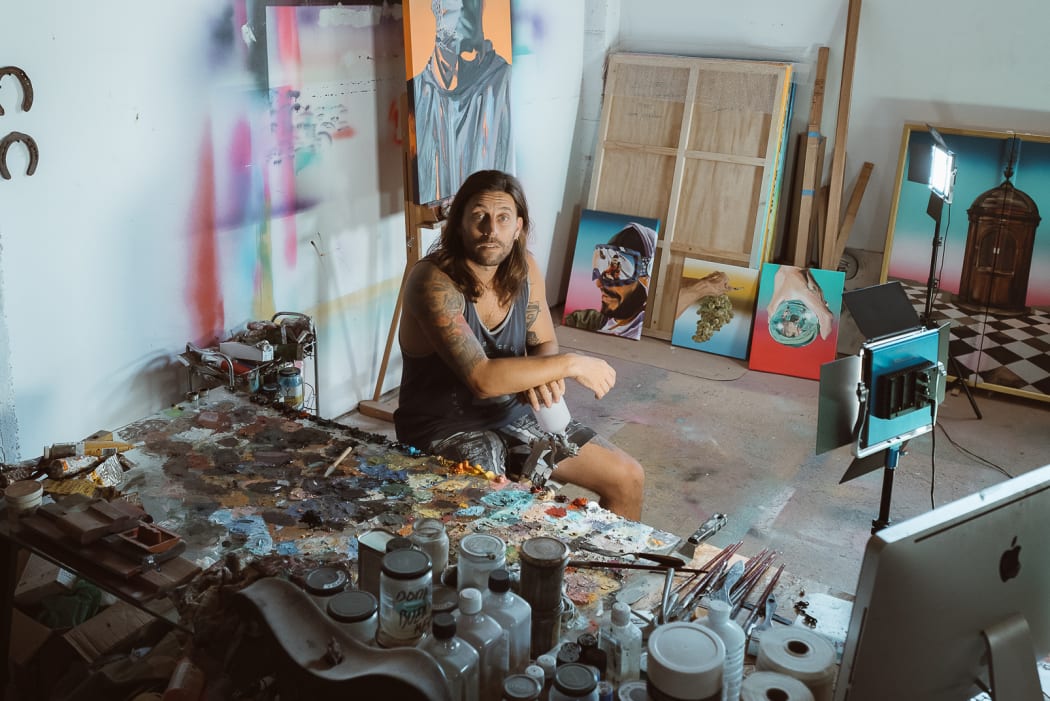
I’ve been asked more times than I can remember by artists, collectors, art lovers, and even skeptics; how I decide which artists to represent. It’s the question every gallerist faces eventually. The answer, of course, is both simple and complicated.
From the outside, the process can look mysterious, even arbitrary. For me, it’s both intuitive and deliberate—guided by vision, connection, and respect for the work. I know what I like, but taste alone can’t drive decisions. If galleries were built only on personal preference, they would be little more than private collections. A gallerist’s real job is to champion art that resonates beyond oneself—work that sparks dialogue, provokes thought, and stands the test of time. Every gallery has its own personality. Mine is rooted in curiosity, especially for contemporary voices that engage with culture, society, and identity. I look for artists whose practice adds something new to these conversations. Fit matters, not because one artist is “better” than another, but because coherence gives a gallery its strength.
The artists who move me most are those who must create, whose work feels inseparable from who they are. That kind of urgency matters far more than trends or marketability. When art is born from a genuine need to communicate, it carries an authenticity that can’t be manufactured.
Craftsmanship is just as essential. Inspiration is fleeting; discipline, skill, and countless hours of work are what give art depth. When I look at a piece, I want to feel both the spark of the idea and the effort that brought it to life. Does it move me? Surprise me? Make me return to it again and again? And yes, beauty still matters—whether it’s found in harmony, tension, or raw honesty—but it must go deeper than surface appeal. True beauty always has layers.
Marbella’s international audience gives me the freedom to take risks.
A diverse public means not everyone will respond to every piece, and that’s liberating. I often remind artists: it’s not about pleasing everyone, but about finding the people who truly connect with your work.
One of the strongest shifts I see today is a renewed interest in local art. Collectors are looking not only to international names but also to artists deeply rooted in their regions. It’s a reminder that art is not just global—it’s profoundly local, reflecting the histories, emotions, and cultural codes of its own community. Local art brings something irreplaceable: authentic stories, a sense of belonging, and new perspectives that balance global reach with local relevance. I believe this movement will only grow stronger. As people search for meaning and connection, local art offers a bridge between global vision and regional authenticity.
Of course, running a gallery isn’t all vision and poetry. Exhibitions, shipping, deadlines, and art fairs demand reliability and stamina. But professionalism is also about connection. Representation is a collaboration built on trust and mutual respect—so yes, I need to genuinely like the person I’ll be working with. A personal connection makes everything flow more naturally.
Recognition matters too; exhibitions, residencies, awards... but what I value even more is projection: that sense that an artist’s journey is still unfolding.
If I find myself eager to see what comes next, that’s a sign of vitality and longevity. Many collaborations begin organically; a studio visit, a recommendation, a chance encounter. Sometimes I follow an artist’s work for years before we finally collaborate. Timing is everything.
In the end, I choose artists whose work I believe in so deeply that I’m willing to dedicate my time, energy, and resources to helping it find the right audience. Representation isn’t just business—it’s partnership, built on shared purpose and trust.
For artists seeking representation, my advice is simple: don’t chase every gallery. Find the ones whose vision aligns with yours. Approach them with honesty and patience, and above all, keep creating art that feels true to you.
Because what every gallerist ultimately looks for is art that matters—art born from the need to express, and sustained by the craft that makes it endure.
And one last reminder: every gallery has a limited number of exhibitions each year.
Sometimes I meet artists I deeply admire, but the program is already full. That’s not rejection, it’s timing. Patience is part of this journey for both the artist and the gallerist.

